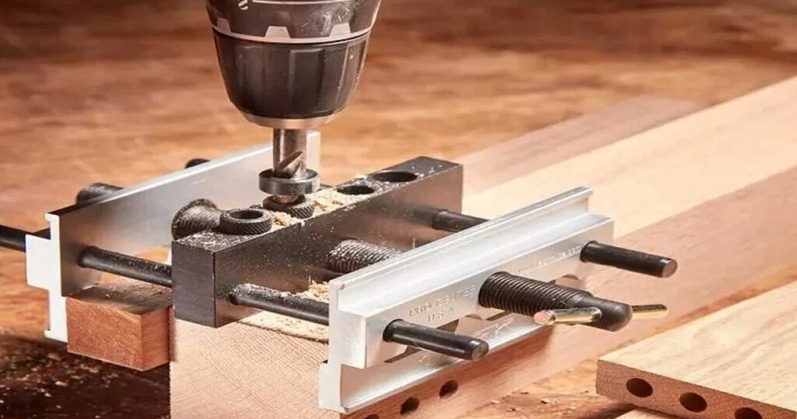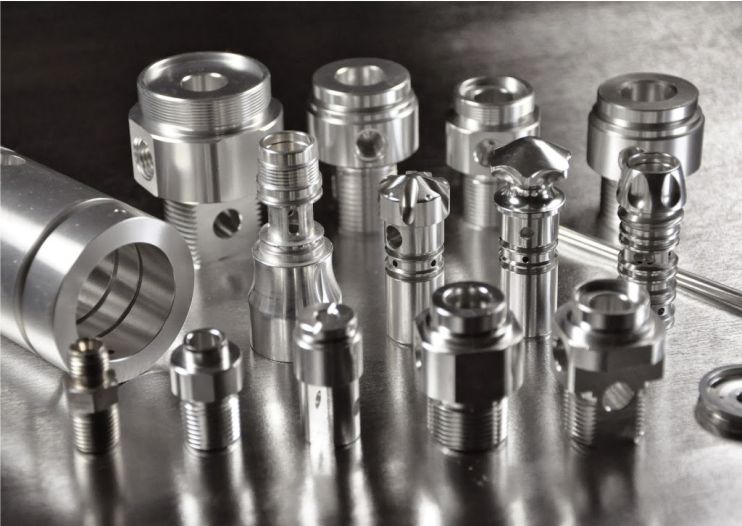In stamping die fabrication, precision is everything. The slightest deviation in tolerance can result in misaligned parts, poor quality, and expensive production delays. Engineers and manufacturers prioritize tight tolerances and optimal fit to ensure high-reliability components. This demand grows stronger in industries such as automotive, electronics, and aerospace, where failure isn’t an option. Understanding tolerance involves knowing the acceptable degree of variation in part dimensions. Fit refers to how different components come together in an assembly. When both are controlled effectively, stamped parts function correctly and maintain structural integrity. With stamping dies fabrication, precision tooling must account for these variations without compromising efficiency or throughput.
Key Types of Tolerances and Their Functions
Dimensional tolerance defines the acceptable size range for stamped parts. It ensures that the part fits its mating component without excessive play or tightness. For instance, a too-loose tolerance leads to vibration and wear, while a too-tight one causes assembly issues. That’s why manufacturers must select the right balance.
Geometric tolerance controls the shape, orientation, and location of features. It includes aspects like flatness, perpendicularity, and concentricity. These tolerances become crucial in complex assemblies, where even slight deviations can disrupt the entire system. Accurate geometric tolerances ensure that parts function well, especially under load.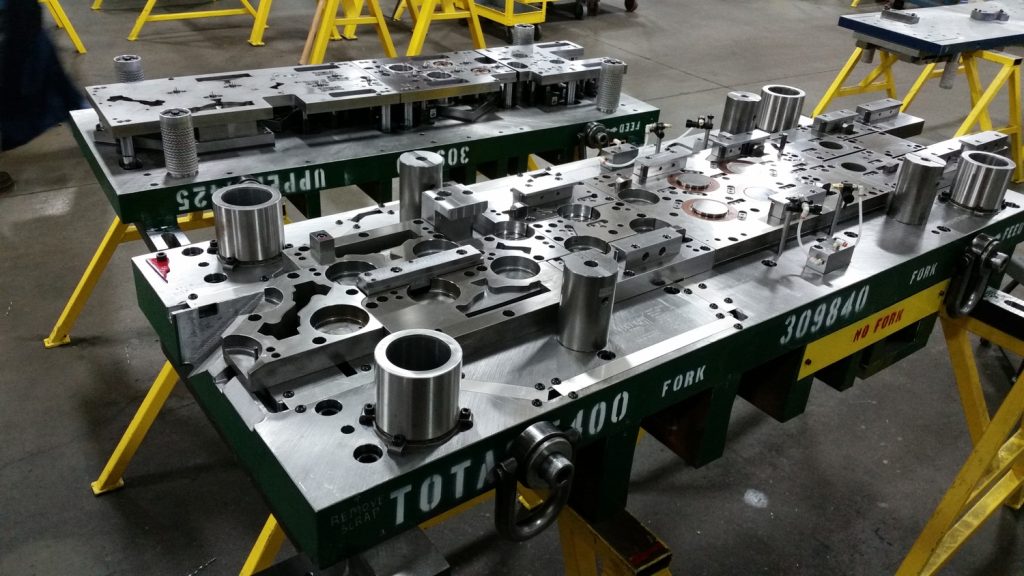
Fit Classifications and Their Industrial Implications
Fits are categorized into three classes: clearance, interference, and transition. Clearance fits allow for easy assembly and are often used in applications that require movement. Interference fits require forceful assembly and provide secure joints in high-load areas. Transition fits offer a compromise between the two.
Choosing the correct fit type is critical. Each has unique mechanical implications. For example, automotive suspension parts often utilize interference fits to achieve rigidity and stability. Meanwhile, consumer electronics lean toward clearance fits for ease of maintenance. Understanding these distinctions helps tailor the die design to the application.
Die Design Strategies to Control Tolerances
Toolmakers employ several strategies to maintain tight tolerances in stamping dies. High-quality tool steel, precision machining, and CNC technology are standard. These tools enable micro-level adjustments, ensuring repeatability over thousands of cycles. Moreover, modular die construction enables easier part replacement without requiring retooling of the entire system.
Additionally, simulation software plays a role. Engineers use it to model stresses and deformation during the stamping process. This predictive insight enables preemptive changes to the die geometry, reducing trial-and-error and material waste. Consequently, the final product meets tolerance requirements from the first run.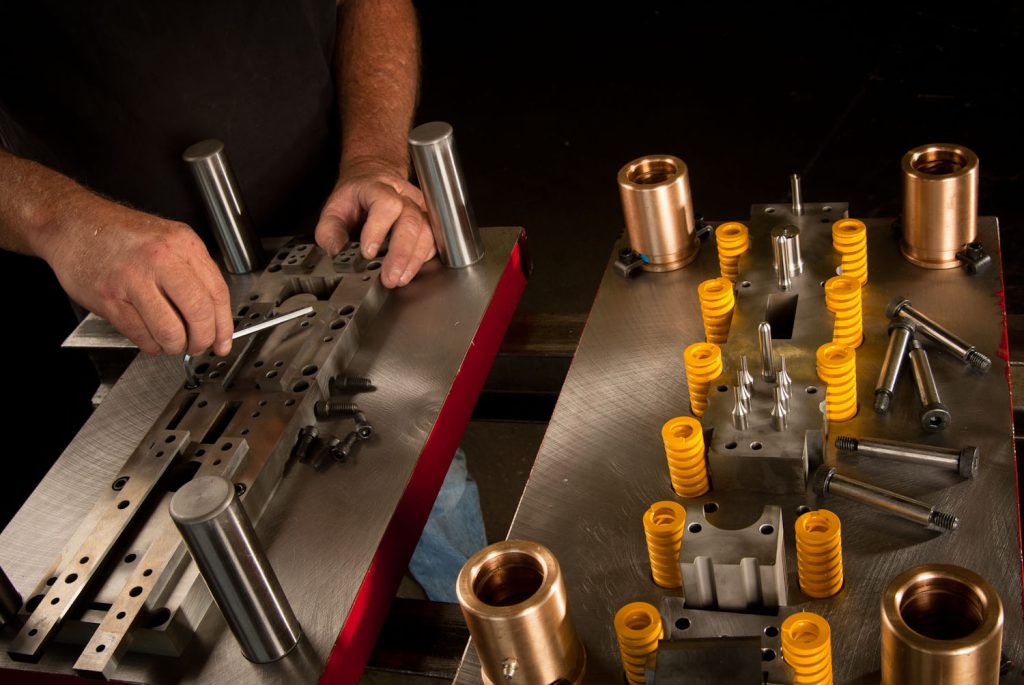
Material Behavior and Its Influence on Fit
Different materials behave differently during stamping. Aluminum, for instance, deforms more easily than steel. As a result, allowances must be made for spring back—the tendency of a metal to return to its original shape after stamping. Failure to account for this results in tolerance errors and poor fit.
Toolmakers use forming simulations and empirical data to predict and compensate for springback. Material thickness, grain direction, and coating also impact tolerance behavior. Therefore, a holistic understanding of material science is crucial for successful stamping die fabrication.
Quality Control Methods to Ensure Compliance
Maintaining quality requires rigorous inspection. Coordinate Measuring Machines (CMMs) and optical scanners are commonly used to measure critical dimensions. These tools detect minute variations, ensuring each part falls within specified tolerances. Statistical Process Control (SPC) further helps identify trends and correct issues before defects occur.
First Article Inspection (FAI) is another essential step. Before mass production, engineers validated a sample part against all design specifications. This prevents costly rework and builds confidence in the die’s performance. The combination of advanced tools and disciplined methodology guarantees reliable outcomes.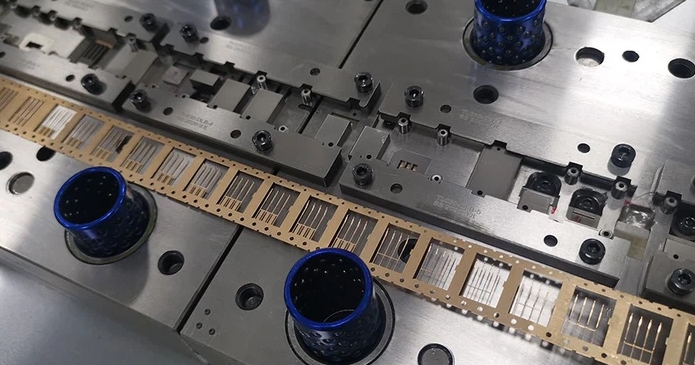
Reducing Costs by Managing Tolerances Effectively
Tighter tolerances often mean higher production costs. Precision machining, specialized tools, and rigorous QC all add to the budget. However, not all parts require ultra-tight tolerances. Over-engineering leads to unnecessary expense. That’s why innovative tolerance management is becoming a key factor in modern stamping dies fabrication, focusing on critical areas while allowing others to be relaxed.
Design for Manufacturability (DFM) plays a crucial role in this process. It encourages collaboration between design and production teams to find the optimal balance, maintaining functionality without increasing costs. By aligning DFM principles with bright stamping dies fabrication strategies, manufacturers can focus resources where they matter most, ensuring part quality without sacrificing profitability.
Achieving High-Reliability with Precision in Stamping Dies Fabrication
Stamping die fabrication hinges on mastering tolerances and fit. These elements determine whether a part performs flawlessly or fails under stress. Engineers must balance precision, cost, and material behavior to create reliable components that meet specific requirements. By understanding fit types, applying accurate tolerances, and utilizing advanced tools, manufacturers can ensure the production of high-reliability parts.

